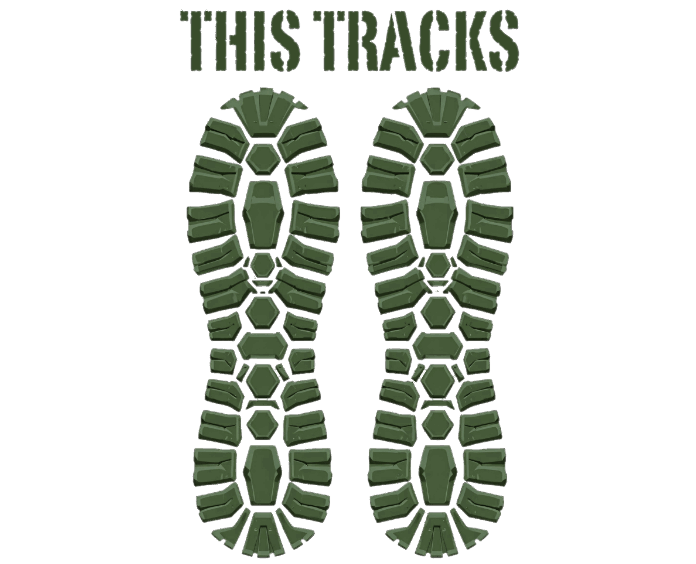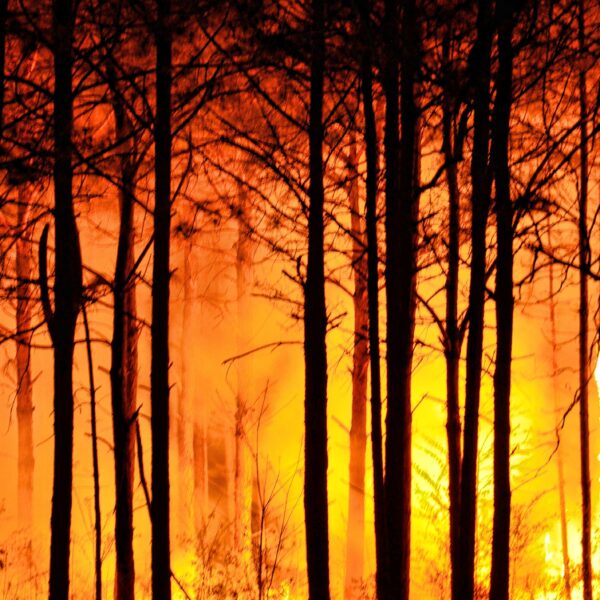Preparing for natural disasters requires a strategic approach tailored to one’s specific geographical location, climatic conditions, and the types of emergencies that are most likely to occur. In this article, we will discuss various natural disaster preparedness strategies and the essential gear you’d want to have based on your climate and the disaster at hand.
Hurricanes and Tropical Storms (Coastal and Warm Climates)
– Essential Gear: Portable radio, weather alert system, waterproof bags for important documents, tarps or tarpaulins, rope, non-perishable food, flashlights, batteries, first aid kit, and a generator.
– Additional Considerations: Consider reinforcing your home with hurricane straps, shutters, or storm panels, securing outdoor furniture, and sandbagging low-lying areas.
Earthquakes (Mountainous Regions and Volcanic Areas)
– Essential Gear: Helmet, gloves, multi-purpose tool (e.g., Swiss Army knife), sturdy shoes, emergency blankets, portable radio, flashlights, batteries, first aid kit, and a fire extinguisher.
– Additional Considerations: Reinforce walls and shelves with straps or brackets to secure heavy furniture, and install smoke alarms in your home.
Floods (Coastal, Riverine, and Mountainous Regions)
– Essential Gear: Rubber boots, waterproof clothing, life vest, whistle, flares, non-perishable food, flashlights, batteries, first aid kit, and a portable radio.
– Additional Considerations: Move important documents and valuables to higher levels, secure your home with sandbags or flood barriers, and stay informed about local flooding advisories.
Wildfires (Dry Climates with Forests and Grasslands)
– Essential Gear: Fire extinguisher, shovel, rake, hose or water container, fire-resistant clothing, portable radio, flashlights, batteries, first aid kit, and emergency blankets.
– Additional Considerations: Create defensible space around your home by clearing flammable debris, and have a pre-prepared evacuation plan in place.
Winter Storms (Snowy and Cold Climates)
– Essential Gear: Snow shovel, snowblower, ice melt, warm clothing, blankets, non-perishable food, flashlights, batteries, first aid kit, portable radio, and a generator.
– Additional Considerations: Insulate your home to retain heat during power outages, have alternative heating sources (e.g., wood stove, kerosene heater), and maintain a stockpile of winter clothing for the whole family.
Tornadoes (Areas Prone to Severe Thunderstorms)
– Essential Gear: Helmet, gloves, multi-purpose tool (e.g., Swiss Army knife), sturdy shoes, emergency blankets, portable radio, flashlights, batteries, first aid kit, and a fire extinguisher.
– Additional Considerations: Reinforce walls and shelves with straps or brackets to secure heavy furniture, install storm shelters if possible, and have a pre-prepared evacuation plan in place.
Being prepared for natural disasters requires an understanding of your specific geographical location and the types of emergencies that are most likely to occur. By assembling a well-stocked bug-out bag tailored to your climate and disaster type, you can help ensure your safety, well-being, and peace of mind during challenging times.

